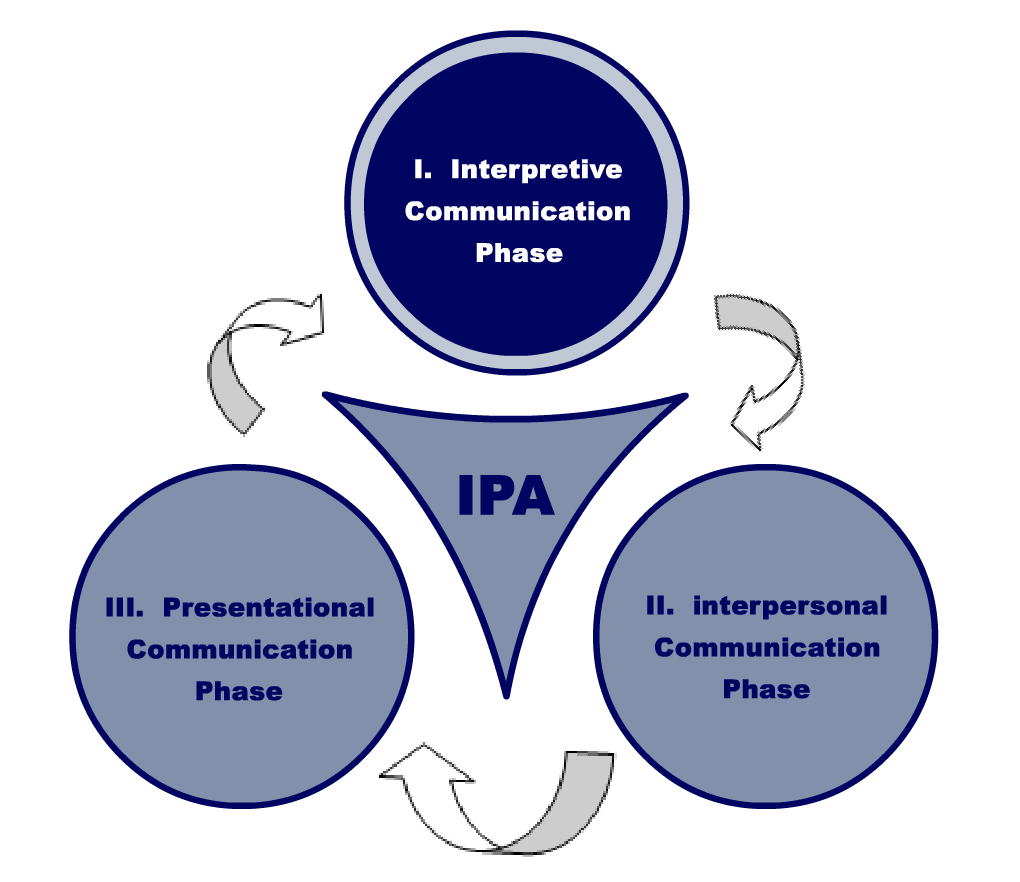 |
|
||||

|
Example 1: Barrier Free by Kazue Oda Phase 1: Interpretive Task Materials needed:
Rationale for choosing this text: Much effort has been made to remove various “barriers” or obstacles that could block disadvantaged people from living autonomously in the US. At the University of Minnesota, just to take an example, there are elevators in each building allowing people who are in wheelchairs to move around in buildings by themselves. In each elevator, there is Braille for blind people to help them find the right button to press to go to the desired floors. However, it is clear that more effort could and should be made to make our living environment completely “barrier-free” so that we could erase physical as well as psychological barriers between people with disabilities and people without. For example, it is not uncommon to see apartments where disadvantaged people cannot live due to the fact that those facilities are not adapted to their particular needs. It is absolutely crucial that each one of us becomes more sensitive to existing social issues regarding people with disabilities. It is very important that we become aware of the kinds of effort that have been made around us in terms of eliminating those barriers, and think about what more we could do to better the current situations. This in turn could help us foster a sense of tolerance and sensitivity to existing “differences” among people, help us become responsible citizens, and as a consequence help us make our society (or a world) a better place to live in. This authentic text used for the IPA addresses various types of barriers in our society and reminds us that barriers are not only for people with disabilities but also for elders, children, pregnant women and foreign people who cannot understand (e.g. read) the standard language. As this text clearly states, the problems of existing barriers in our society is what we all need to face and the problems are important/relevant to every single one of us. The text provides many visual supports, which act as effective scaffolds for the Intermediate learners for whom this assessment has been designed. Hiragana characters are provided to each kanji in the text, which makes it easier for learners to read (I will erase some of the hiragana for already learned kanji). This text is at the appropriate cognitive level of learners since it requires learners to critically look at the current social conditions for people with disabilities. Comprehension Guide Logistics for this task: This task is completed in 50 minutes. Students
will be able to keep the text throughout the task. Students have learned
all the concepts
that appear in this text (not all the words in the text, but all
the words that are asked in this comprehension guide) before this task.
The comprehension guide is in English due to their proficiency level.
All
the answers (except the bonus point) will be in English since what
is
being assessed in this task is how much students have understood,
not how much they can produce in the target language. Before students
perform this task, the instructor will briefly explain what they do in
Japanese
(i.e. they will read the text and fill out the comprehension guide.
If
they have any questions, they may ask the instructor during this
task.)
Navigation: Follow the IPA process or go directly to the section that is of most interest to you by clicking on the appropriate category
|
||||
